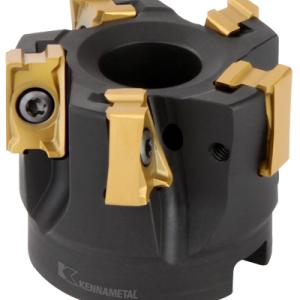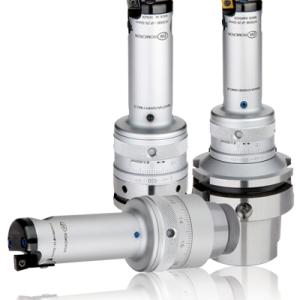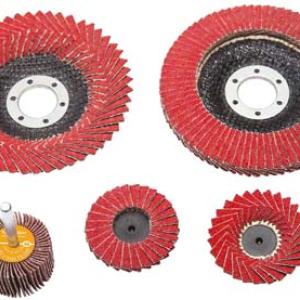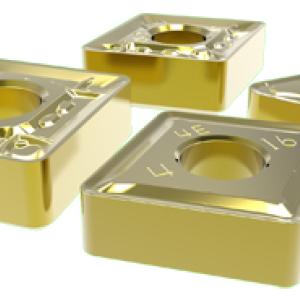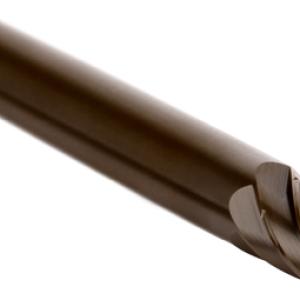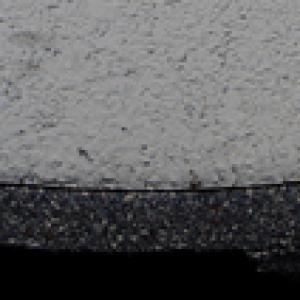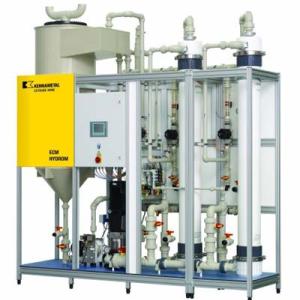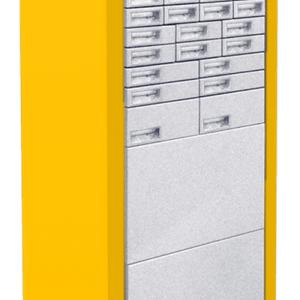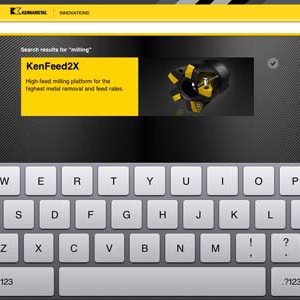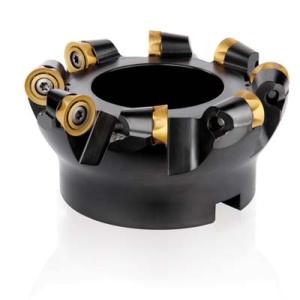Contact Details
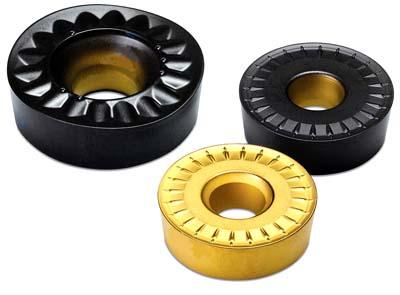
The new Beyond line of high-performance turning products from Kennametal Inc. now includes two new geometries in round inserts for improved productivity in turning steel, stainless steels, cast irons and high-temperature alloys: RU (Roughing Universal) and UP (Universal Positive). Engineered specifically to deliver improved chip control at lower cutting forces, these new geometries enhance size control and surface finishes, reduce load spikes on capital equipment and extend tool life, according to Alexander Momm, global product manager, turning products at Kennametal. Manufacturing new railroad wheels or reprofiling existing wheels are great examples of heavy-duty industries that will benefit from these new products. The Roughing Universal geometry features a proprietary wavy design with optimized size and spacing of the chip breaking element. This contributes to improved chip control at lower cutting forces, resulting in longer tool life and higher performance in heavy-duty roughing tasks. The Universal Positive geometry is for medium machining and finishing and also features a unique chipbreaker design with optimized size and spacing of the chipbreaking element for improved performance. As both new geometries are available in Beyond grades, superior edge strength and longer tool life are added benefits. Both new geometries are also available in Kennametal's Fix-Perfect or traditional pin-clamping styles.
Related Glossary Terms
- cast irons
cast irons
Cast ferrous alloys containing carbon in excess of solubility in austenite that exists in the alloy at the eutectic temperature. Cast irons include gray cast iron, white cast iron, malleable cast iron and ductile, or nodular, cast iron. The word “cast” is often left out.
- chipbreaker
chipbreaker
Groove or other tool geometry that breaks chips into small fragments as they come off the workpiece. Designed to prevent chips from becoming so long that they are difficult to control, catch in turning parts and cause safety problems.
- stainless steels
stainless steels
Stainless steels possess high strength, heat resistance, excellent workability and erosion resistance. Four general classes have been developed to cover a range of mechanical and physical properties for particular applications. The four classes are: the austenitic types of the chromium-nickel-manganese 200 series and the chromium-nickel 300 series; the martensitic types of the chromium, hardenable 400 series; the chromium, nonhardenable 400-series ferritic types; and the precipitation-hardening type of chromium-nickel alloys with additional elements that are hardenable by solution treating and aging.
- turning
turning
Workpiece is held in a chuck, mounted on a face plate or secured between centers and rotated while a cutting tool, normally a single-point tool, is fed into it along its periphery or across its end or face. Takes the form of straight turning (cutting along the periphery of the workpiece); taper turning (creating a taper); step turning (turning different-size diameters on the same work); chamfering (beveling an edge or shoulder); facing (cutting on an end); turning threads (usually external but can be internal); roughing (high-volume metal removal); and finishing (final light cuts). Performed on lathes, turning centers, chucking machines, automatic screw machines and similar machines.

